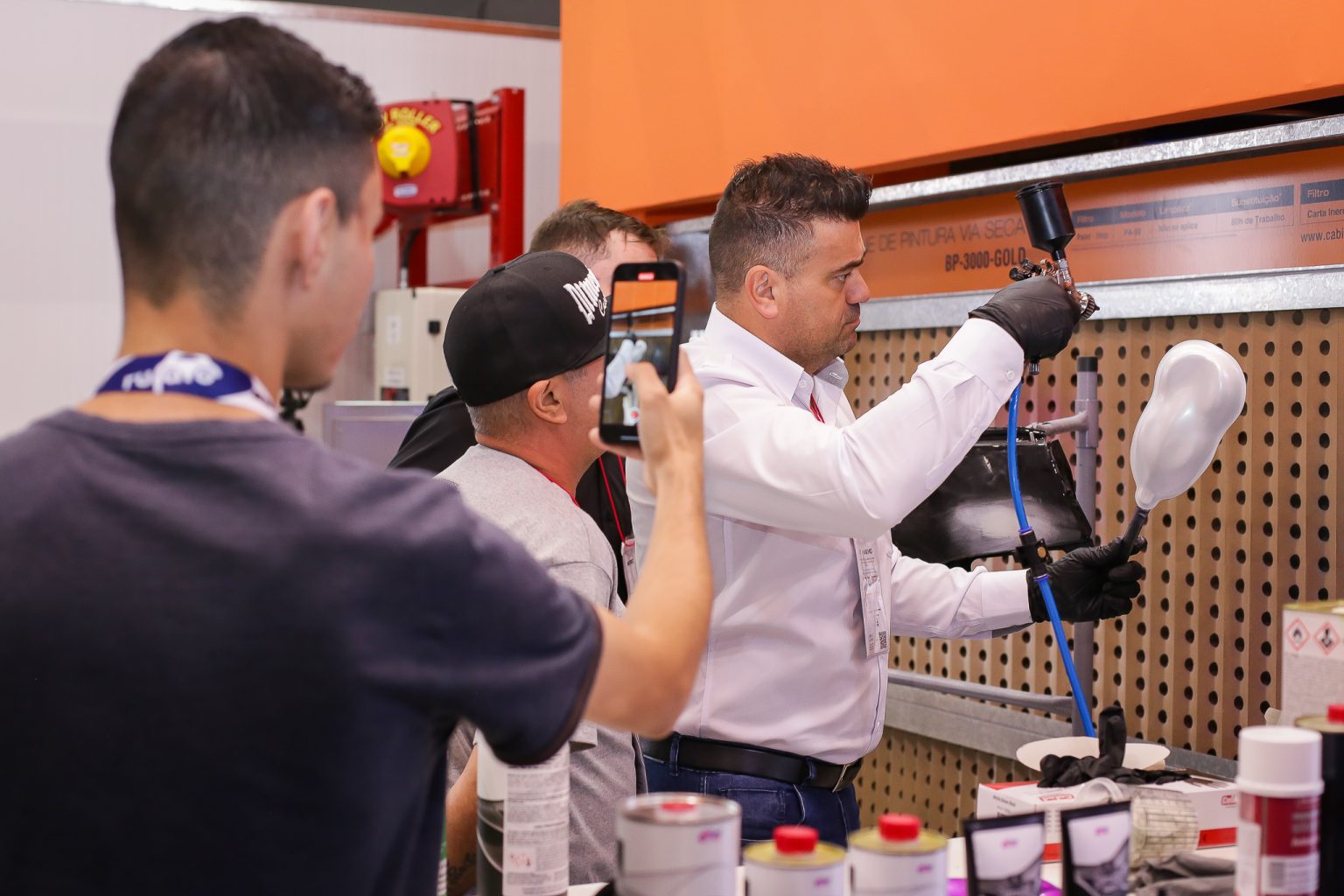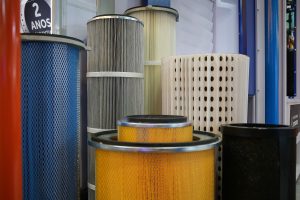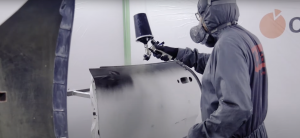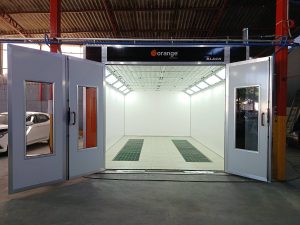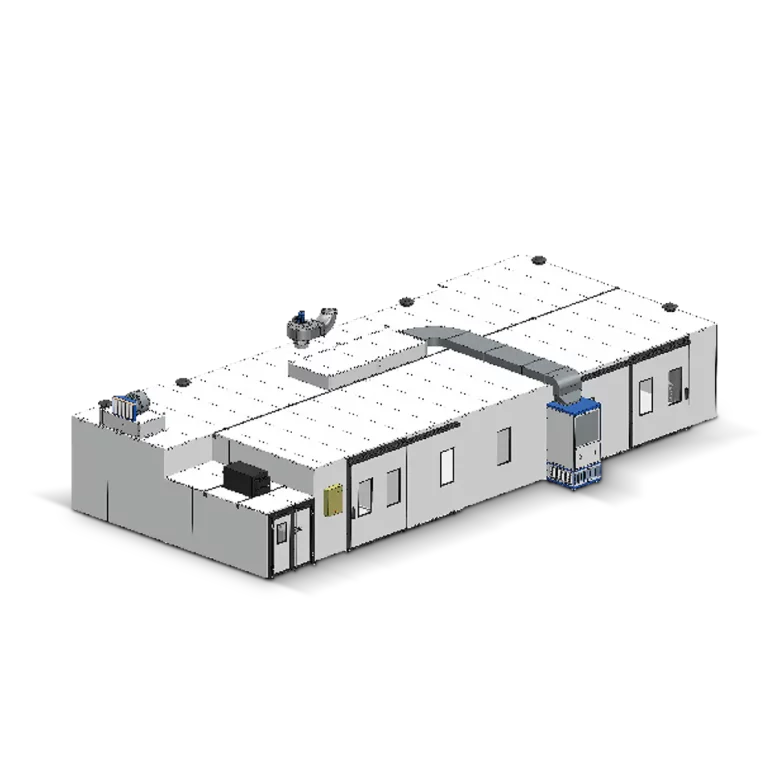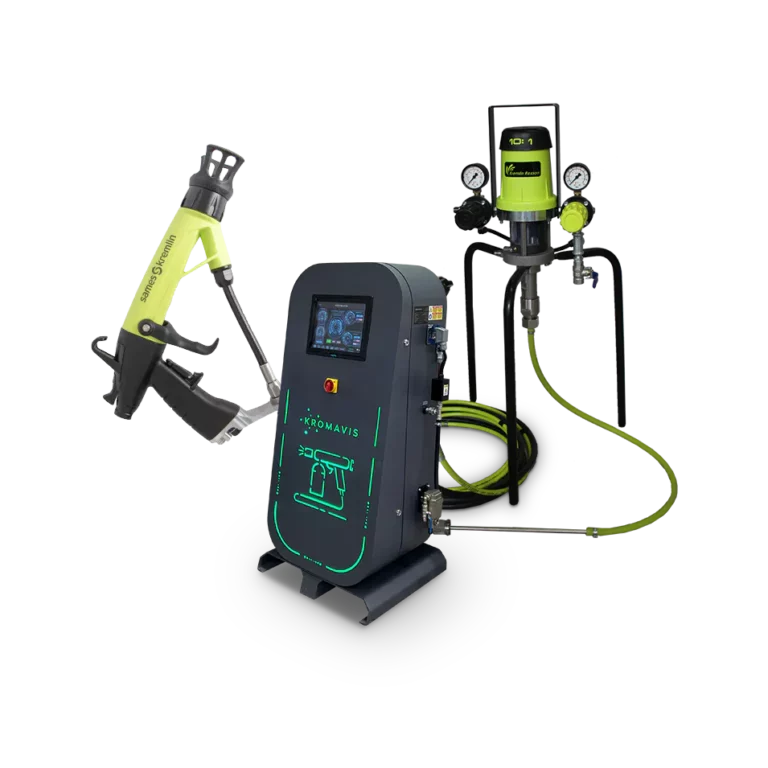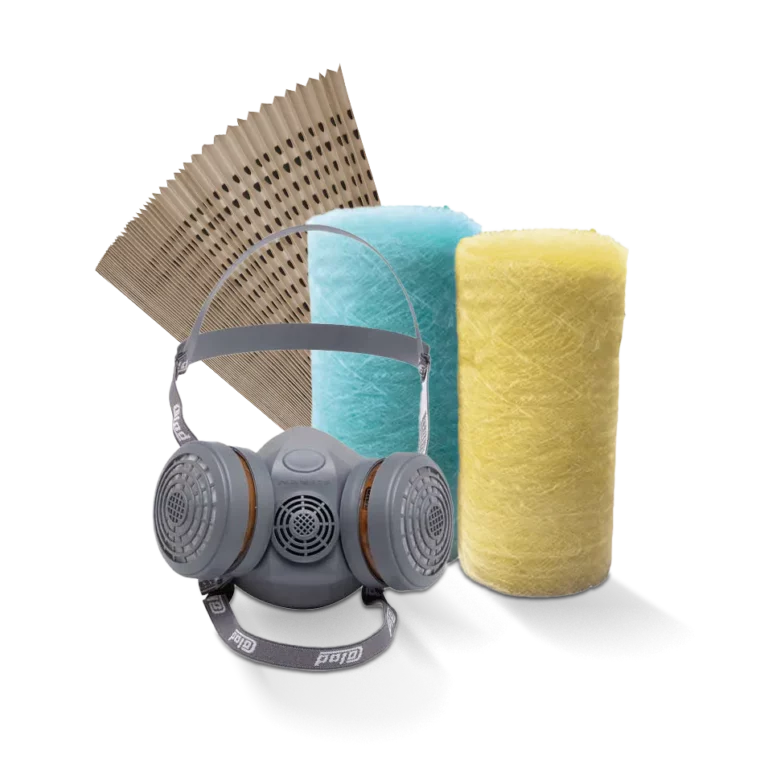The growing advancement of industrial painting brings increasingly sophisticated technologies to production lines, especially when the goal is to achieve high-quality finishes. In this context, the use of nitrogen in paint booths has emerged as one of the most innovative and promising approaches.
This is because the use of nitrogen offers a series of significant advantages for companies and, consequently, for end customers. In this article, we will explore in detail the advantages of using nitrogen in the painting and refinishing industry, specifically through Kromavis, an Italian technology for high-quality finishes and application efficiency.
Advantages of Nitrogen in Painting
The use of Kromavis technology, whose main advantage is the use of nitrogen in painting, offers several advantages. It can be used in furniture production lines, metalworking, and even automotive refinishing. Below, we'll list and describe the most significant ones:
1. Greater stability and quality of finish
One of the main advantages of using nitrogen in painting is the possibility of obtaining a uniform, high-quality finish.
Nitrogen's molecular properties allow for a uniform product spread, increasing its transfer rate onto the part. This prevents common problems such as bubbles, stains, and irregularities on the painted surface, ensuring a uniform finish with excellent coverage.
2. Product savings and cost reduction
Unlike compressed air, which carries different types of particles, causing pulses in the application of the product and a large volume of paint mist, the use of nitrogen stabilizes the application, directing more product onto the part and reducing paint mist during the process.
Estimates are that the use of nitrogen can result in savings of up to 30% compared to traditional painting methods.
3. Efficiency and time saving
Another easily perceived benefit of using nitrogen is the more uniform distribution of ink, which allows for a high degree of precision and efficiency.
Nitrogen-based painting allows for faster and more uniform application, resulting in a time savings of at least 15% over a typical application. Process stability also prevents rework and retreatment, increasing production line efficiency.
4. Fewer defects and repairs
With the precision achieved through the use of nitrogen, the occurrence of paint defects is naturally minimized. This means fewer bubbles, stains, and runs, meaning fewer reworks and repairs.
Furthermore, reducing paint defects contributes to an even more positive reputation for the product, increasing overall customer satisfaction and, consequently, brand loyalty.
5. Lower VOC emissions
The use of nitrogen in painting helps reduce volatile organic compound (VOC) emissions. This results in a safer work environment that complies with labor and environmental regulations.
The introduction of nitrogen as a replacement for compressed air in painting has been a significant advancement in the industry. With its advantages in terms of stability, product economy, efficiency, and finish quality, this technology has gained traction and proven to be a successful choice for achieving high-quality results.
To learn more about industrial painting and other content on painting and finishing, visit the rest of our blog, always with new and exclusive content.
